How Rural Networks Can Support the Internet of Things
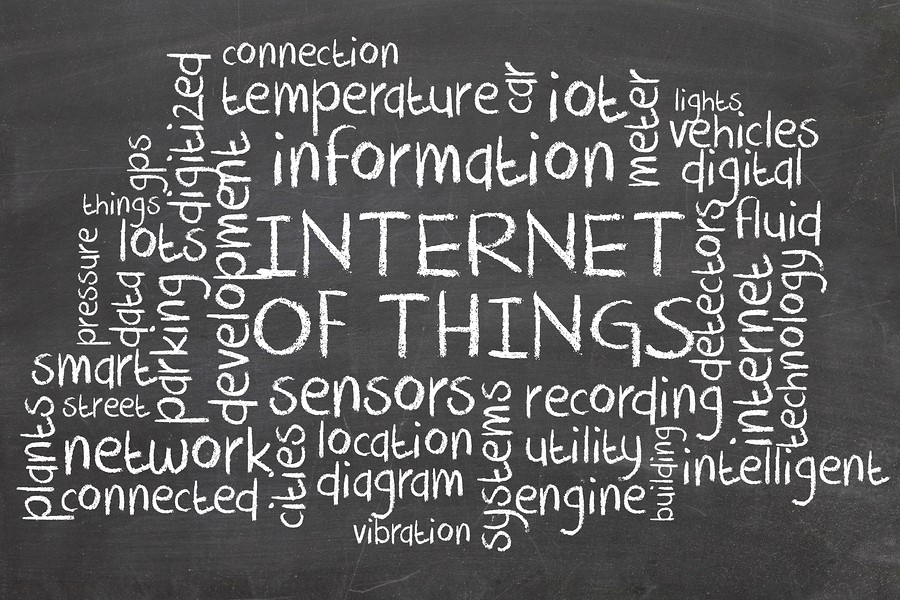
The internet of things (IoT) – i.e. the high volume network of internet connected devices that users can monitor and control remotely via a smartphone or computer – has the potential to revolutionize the technology of farming industries like agriculture, meat, and dairy. Internet connected technology makes it easier to manage large produce farms and to monitor the health of livestock from miles away.
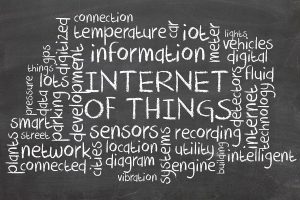
For the agricultural industry, remote soil sensors like Symphony Link eliminate much of the labor required in testing the soil manually. Instead, farmers can determine the moister and chemistry of their soil remotely, any time they want. Soil monitoring systems can also automate the process of soil analysis and, therefore, bring problems to the farmers’ attention immediately.
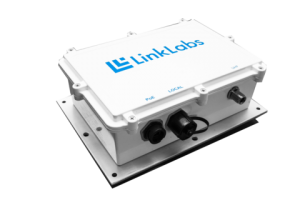
For the dairy and meat industries, the Moocall Calving Sensor, for example, prevent calf loses. The device measures the contractions of a cow in labor, alerting the farmer via phone approximately one hour before the cow gives birth. The noninvasive device attaches to the tail of a pregnant cow and lasts 30 days on a single charge. It, and other devices like simple surveillance cameras, can protect the health of livestock.
The IoT is, unfortunately, a high volume network that requires a strong Wi-Fi or mobile data signal to support the many connected devices – from calving sensors to surveillance cameras to soil monitors – with a farming application. Because mobile broadband is spotty in most rural areas, most farms will have to install a reliable Wi-Fi network before they can reap the benefits of the AgTech IoT.
Farms with the capital to do so may install reliable (but expensive) T1 line networks. These wireline networks put farmers out a pretty penny, but provide reliable Wi-Fi to residences, barns, greenhouses, and outdoor spaces. With a wireline connection, the bandwidth is not limited as it is with wireless satellite internet or mobile broadband connections. It is, therefore, a more practical network to support a high volume of devices.
TI LINE
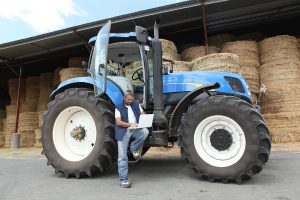
Download speed: 1.544 Mbps Upload speed: 1.544 Mbps Latency/lag time: 3-5 ms Service cost: $300 to $4,700/month Installation cost: $1,000 to $45,000, depending on the length of the line
If you don’t have the means to install a T1 line, you can still utilize the benefits of the IoT by using a combination of satellite internet,
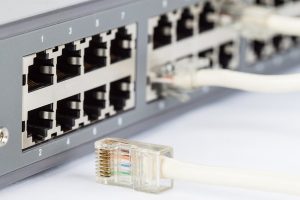
dry DSL and mobile 3g and 4G broadband through a bonded appliance/software (for bandwidth aggregation) to achieve your required bandwidth. Remember, if you are lucky enough to be one of the few rural internet users with cable or DSL, you can also use these high-bandwidth connections to support your IoT.
To conserve bandwidth, purchase equipment that uses minimal bandwidth, such as low-definition surveillance cameras. The Homeboy security camera, for example, streams low quality 640×480 VGA video. Although these streams are not as pretty to look at as the high definition alternatives, they are a hundred times more practical in any rural area with a limited bandwidth internet connection. I guess the real trick here is being practical in being able to realize your end game of video surveillance.
Whatever your device, adjust the settings to (1) low definition picture, (2) low definition sound, and (3) less frequent updates to preserve your bandwidth and prevent losing the connection altogether. While it is, currently, difficult to set up IoT networks in rural areas, it is not impossible to benefit from IoT technology like remote surveillance cameras.
As rural networks become faster and more reliable, the IoT will transform the way farmers interact with their land. The benefits of this transformation include increased efficiency,
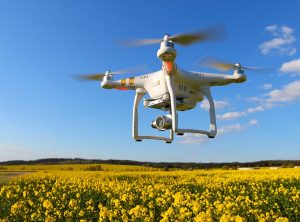
increased production, and a decreased need for labor. The IoT may be the answer to a growing demand for food on a planet with limited resources.
For farmers who enjoy the physical work involved in growing food and raising the technology may, however, have a minimizing effect on the relationship between farmers and the land. The expansion of the AgTech IoT definitely raises philosophical questions for farmers inclined to that type of thought. The IoT will likely breathe new life into a debate about technology and farming that dates back to before the Luddites.




